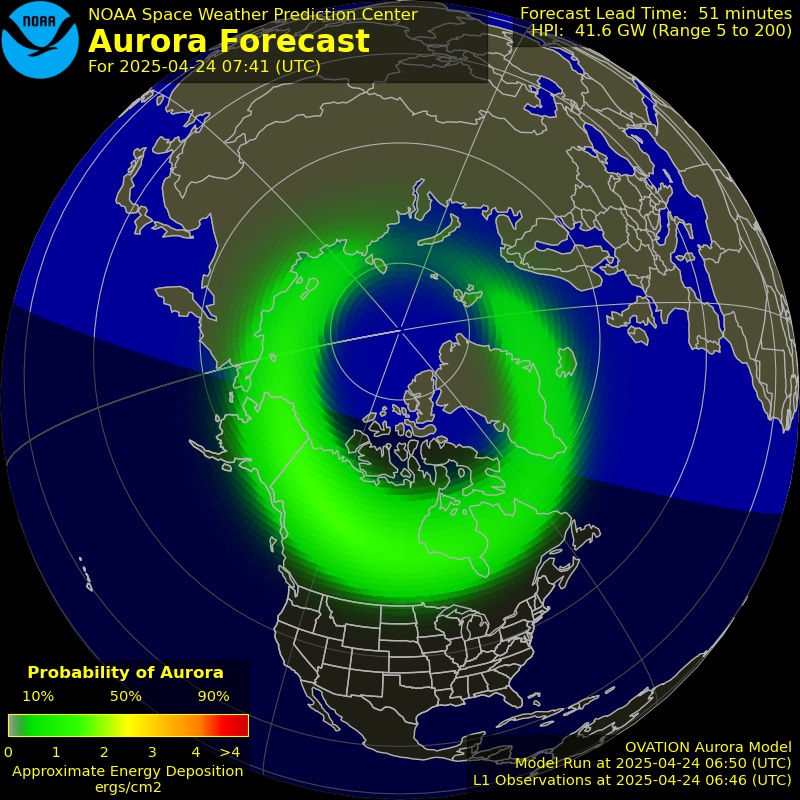Be prepared with a winter survival kit for your vehicle
Nov 18, 2022 11:22AM ● By Editor
To help Minnesota residents minimize the risks of winter, the Minnesota Department of Public Safety, in collaboration with the National Weather Service and other state, federal, and non-profit agencies, sponsors Winter Hazard Awareness Week each fall.
The event includes a media campaign, website promotion and social media posts. The week-long effort provides specific information each day that can be used in conjunction with school, church, or civic programs.
Everyone should be cautious about traveling in extreme winter weather. Cold, snow and ice are demanding on cars, drivers and passengers. Most importantly, extreme winter weather can threaten your life.
Winter Safety Checklist: Winter Safety Checklist - Winter Travel
Fact Sheet: Winter Survival In Your Car
Dialing 911 on a Cell Phone
A cell phone is a valuable tool for drivers who witness, or are involved in, emergency situations. Cell phone users on the road must provide dispatchers with specific information about the emergency.
Cellular 911 calls are routed to public safety answering points operated by state or local agencies. Although newer cell phones now provide approximate location or have GPS and callback numbers when 911 is dialed, an exact location may need to be provided by the caller.
The 511 Phone Information System provides road safety information 24 hours per day. Landline and cell phone users can call 511 for regional and statewide reports on traffic congestion, road and weather conditions, construction work and other obstacles.
The Minnesota Department of Transportation's (MnDOT) website features both a dial-up/static site and a high-speed Internet/Google map site with real-time updates. You may also sign up for the Metro Twitter account, which will alert you to any incidents within the Metro area.
There is now a smart phone site with the same information as the full featured site.
- Check road conditions at www.511mn.org or call 511; it takes time to get roads back to good driving conditions.
- Be patient and remember snowplows are working to improve road conditions for your trip.
- Stay back at least five car lengths behind the plow, far from the snow cloud. Snowplow operators will pull over when it is safe to do so to allow traffic build-up to pass.
- Stay alert for snowplows that turn or exit frequently and often with little warning. They may also travel over centerlines or partially in traffic to further improve road conditions.
- Slow down to a safe speed for current conditions, and give yourself plenty of travel time. Snowplows typically move at slower speeds.
- Buckle up and ensure children are properly secured in the correct child restraint.
- Avoid unnecessary travel if road conditions are too poor.

